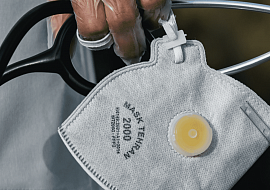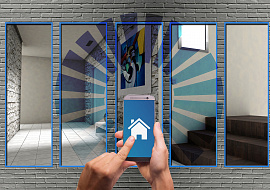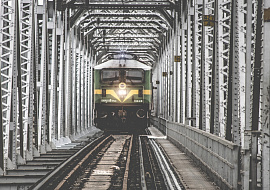M2M is Improving Healthcare Worldwide
It will be interesting to see what the 2020 census data will tell us about chronic health conditions in the United States as the Center for Disease Control last report from 2012 states 117 million adults (about half) have at least one chronic health issues.
Most of these health issues are preventable, but today let’s focus on ways modern technology can help to monitor, control and perhaps even cure them. On top of the rising rate of chronic health issues, the health care industry is also struggling with aging demographics as baby boomers are turning 65, shortages in both health care workers and a younger workforce able to sustain the rising costs. Care providers, government agencies and insurers are looking to mobile technologies, apps and services for solutions. Park Associates estimates that the total number of health-related M2M connects will grow from nearly 2 million connections in 2014 to 10 million in 2018.
Patients can communicate with their health care provider using a mobile device or computer and with some medical sensors (blood pressure cuff, stethoscope, or imaging devices) can have an exam completed in the comfort of their own home or at a time that is convenient for them. Physicians and healthcare systems are beginning to embrace Telehealth, as it has proven to help reduce the cost of health care and possibly prevent hospital stays. Mobile and wearable technologies are always improving on the ability to monitor health conditions such as blood glucose levels in diabetics, heart rate in cardiac patients and general overall care.
Robots are increasingly being used as well by providers. Nowadays, a specialist on one side of the globe can electronically control a robot on the other side to perform delicate surgeries and save human lives. Japan is pioneering the placement of health care robots in the homes of every aging adult as they are facing an even worse aging problem then the US.
The M2M technology in health care is expected to increase by a factor of 10. As technology increases, so does potential revenue for companies that produce it. Virtual specialty and chronic care that is direct to consumers is uncharted territory and consumers are likely to seek out providers who offer virtual visits. Many health care providers are investing in telehealth; valued at 18.2 billion global market in 2016 and is estimated to reach $38 billion by 2022, according to a Zion Market Research study.
PSA’s team is diligently keeping up with the emerging trends in M2M technology. Contact one of our experts to review your current project/product and provide feedback on how your company won’t be left in the dark and can reach maximum revenue growth.
Sources:
1. mhealthtalk.com/moores-law-and-the-future-of-healthcare/
2. worldometers.info/world-population/
3. cdc.gov
4. cioapplications.com/cioviewpoint/m2m-in-healthcare-high-market-potential-high-human-potential-nid-362.html
5. modernhealthcare.com/article/20170620/NEWS/170629995/telehealth-market-poised-for-growth-but-use-remains-low















